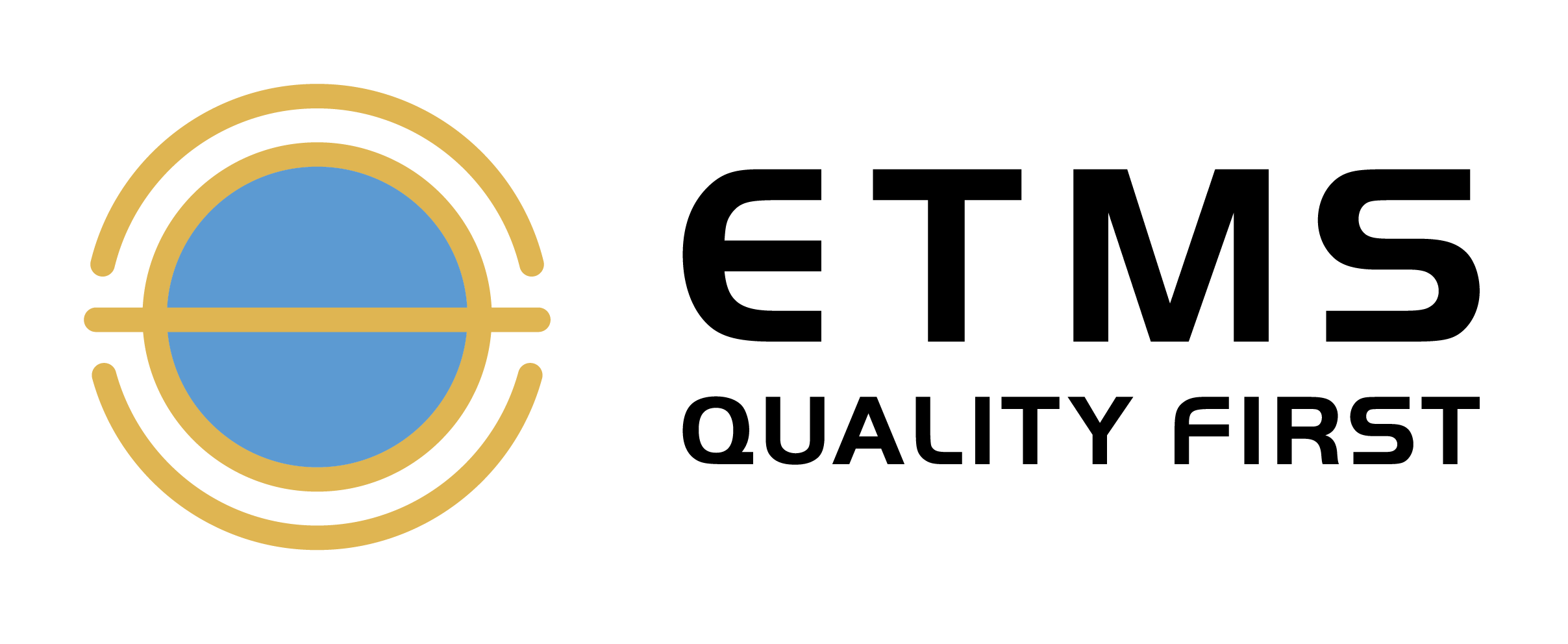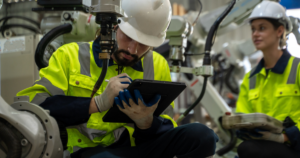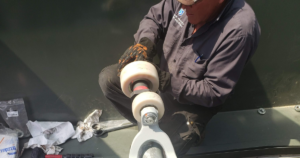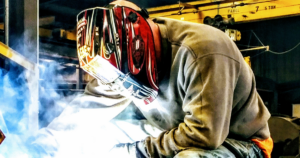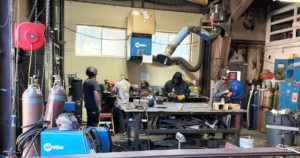Are you aware that weld inspections are the unsung heroes of structural safety and integrity? Buildings, bridges, and water tanks rely on thorough inspections to ensure optimal performance and long-lasting durability. These structures can be classified into three distinct categories—static, dynamic, and cyclic—each requiring tailored inspection methods to guarantee optimal performance and long-lasting durability. Keep reading to discover the secrets behind ensuring the safety and longevity of your structures through effective weld inspections.
Weld Inspection for Static Structures
Static structures, such as buildings, predominantly experience constant loads and minimal stress fluctuations. Buildings may seem sturdy and unchanging, but continual maintenance is crucial to ensure the longevity of a building. One key aspect of this maintenance is inspecting the welds that hold the building together.
Ensuring the quality of welds in these structures is essential for maintaining their stability and integrity. Visual inspections are the most common technique, where inspectors examine the welds for any visible defects or irregularities. While visual inspections are the most common technique, there are other testing methods that can be employed to complement and enhance the inspection. Some examples of such testing methods include:
- Radiographic Testing (RT): This method uses X-rays or gamma rays to create an image of the weld joint, which can reveal internal defects such as cracks, inclusions, or porosity that may not be visible to the naked eye. RT is particularly useful for inspecting thick-walled or complex structures where internal defects are difficult to detect visually.
- Ultrasonic Testing (UT): This method uses high-frequency sound waves to detect flaws in the weld joint. UT can detect internal and external defects such as cracks, voids, or lack of fusion that can affect the weld’s strength and durability. UT is also useful for inspecting welds in materials with irregular surfaces or complex geometries.
- Magnetic Particle Testing (MPT): This method uses magnetic fields and magnetic particles to detect surface-breaking defects in the weld joint. MPT is particularly useful for inspecting ferromagnetic materials such as steel or iron, where visual inspections may not reveal small cracks or other surface imperfections.
When implementing tests to ensure the quality of welds in structures, it is important to consider the specific requirements of the project and select the appropriate testing method(s). For example, if the weld is critical to the structure’s integrity and safety, more rigorous testing methods such as RT or UT may be required. If the weld is on a visible surface and aesthetic appearance is important, visual inspection may be more appropriate. A combination of different testing methods may also be used to provide a more comprehensive evaluation of the weld’s quality. It is recommended to schedule annual inspections for your building, and biannual inspections should be the maximum interval between inspections. Delaying professional inspections for over two years may lead to severe issues and potentially catastrophic consequences.
Weld Inspection for Dynamic Structures
Dynamic structures, like bridges, are subjected to varying loads and stresses due to factors such as traffic, weather, and natural events. The quality of welds in these structures is critical to ensure load-bearing capacity and fatigue life. Along with visual inspection, advanced NDT methods such as phased array ultrasonic testing (PAUT) and eddy current testing (ECT) are employed to examine welds in bridges accurately. Some advantages of PAUT and ECT include:
PAUT
- Increased accuracy: PAUT provides more accurate results than traditional ultrasonic testing because it can detect flaws in difficult-to-reach areas and identify their exact location.
- Reduced inspection time: PAUT can cover a larger area in less time than traditional ultrasonic testing, making it an ideal method for large structures like buildings.
- Improved safety: Since PAUT is a non-destructive method, there is no risk of damaging the welds during inspection.
ECT
- Rapid and Accurate: ECT is a fast and accurate method for detecting surface and near-surface flaws in welds. The inspection process can be automated, which makes it more efficient and less prone to human error. ECT can also detect flaws in various materials, including conductive and non-conductive materials.
- Versatile: ECT can be used to inspect welds in different sizes and shapes of structures, including complex geometries, making it a versatile method for inspecting welds in various applications.
- Non-destructive: ECT is a non-destructive testing method, which means that it does not cause any damage to the weld or the surrounding material. This makes it an ideal method for inspecting welds in critical components or structures where damage could be costly or pose a safety risk.
When inspecting bridge welds, it is essential to consider factors like load-bearing capacity and fatigue life. Regular 24 to 48-month inspections help identify potential issues before they become critical, ensuring the safety and longevity of the structure.
Weld Inspection for Cyclic Structures
Cyclic structures, such as water tanks, experience fluctuating stresses due to factors like changes in water levels and temperature variations. In these structures, weld quality is vital to prevent corrosion and stress corrosion cracking. Visual inspection remains a standard method for examining welds. However, NDT techniques give an extra sense of security, going further than what the naked eye can see. NDT techniques like acoustic emission testing (AET) and dye penetrant testing (PT) are particularly useful for detecting flaws in cyclic structures. AET identifies structural changes through emitted acoustic waves, while PT uses a liquid penetrant to reveal surface defects. When inspecting welds in water tanks, look for early signs such as corrosion and stress corrosion cracking. Scheduling regular inspections helps maintain the integrity of the structure, ensuring safety and durability. Don’t know when to schedule inspections? Our team of experts can help answer all of your questions!
Securing a Safe and Resilient Future With ETMS LLC
By employing appropriate inspection methods and adhering to specific considerations for each structure type, potential issues can be identified and addressed before they become critical. We can ensure that your buildings, bridges, and water tanks continue to stand strong and serve their intended purposes for years to come as we tailor inspection approaches to suit the unique requirements of each structure.
If you require professional weld inspection services for your projects, don’t hesitate to contact ETMS. Our team of experienced and certified inspectors utilizes state-of-the-art equipment and techniques to ensure the highest quality of welds for your structures. Together, we can create safer and more resilient infrastructure for the future. Contact ETMS today to discuss your needs and discover how our expertise can help you achieve success in your projects.
